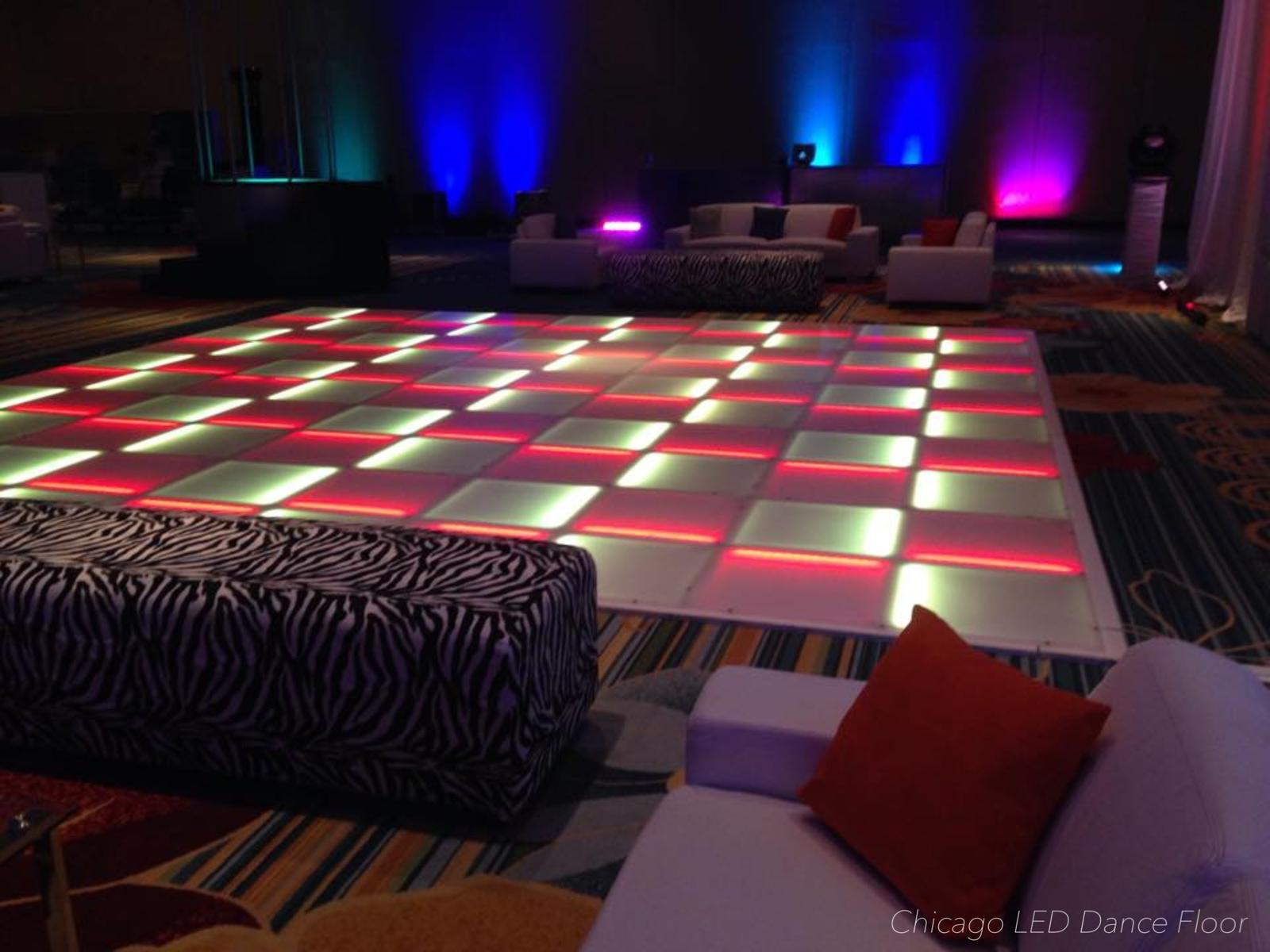Exploring the Versatile Substances That Convert Dance Surfaces into Stunning Visual Displays
Dance floors have developed significantly over the years, transforming more than just a place to dance to melodies. Today, they are transformed into breathtaking aesthetic experiences through the use of various substances and techniques. These materials not only enhance the visual attractiveness of the space but also improve the complete encounter for dancers and spectators alike. Understanding the flexible materials that contribute to these vibrant settings can provide insight into the craft of performance floor design.One of the most common substances used in contemporary dance floors is LED lighting. LED lamps are power-saving and can produce a wide variety of hues and effects. They can be embedded in the floor itself or used as part of a illumination setup over the dance floor. This technology allows for synchronized light shows that can alter in reaction to the melodies, creating an engaging experience. The ability to program these lamps means that they can be customized to match different themes or moods, making each event unique.

Another important substance is reflective materials, such as mirrors or shiny tiles. These surfaces can create an illusion of space and dimension, making the dance floor appear larger than it actually is. When dancers dance, their reflections can add an additional layer of visual interest, enhancing the complete performance. Additionally, mirror-like materials can interact with lighting impacts, amplifying the colors and designs displayed on the floor. This fusion of illumination and reflection can captivate spectators and elevate the energy of the event.
In furthermore to lighting and mirror-like substances, the use of digital screens has grown increasingly common in dance floor creation. These screens can display lively visuals, animations, or even real-time feeds additional resources of the performance. By incorporating electronic technology, occasion organizers can create a multi-sensory encounter that engages both the dancers and the spectators. The ability to alter images in real-time allows for a fluid atmosphere that can adapt to the beat and energy of the music, making each instance feel fresh and exciting.
Additionally, the choice of flooring substance itself plays a crucial role in the overall encounter. Traditional wooden dance floors are still favored for their strength and performance qualities. However, more modern materials like synthetic and elastic are gaining favor due to their flexibility and ease of maintenance. These substances can provide better shock absorption, minimizing the chance of injury for performers. Additionally, they can be crafted with various patterns and hues, allowing for creative expression in the dance floor's look.
In summary, the evolution of dance floors into breathtaking visual experiences relies on a combination of creative substances and techniques. Light-emitting diode lighting, reflective surfaces, electronic screens, and customized flooring materials all contribute to creating an engaging environment for dancers and audiences. As innovation continues to advance, the possibilities for enhancing dance floor design will only grow, making upcoming events even more captivating and memorable. Comprehending these substances helps value the artistry involved in creating spaces where movement and melodies come together harmoniously in unison.